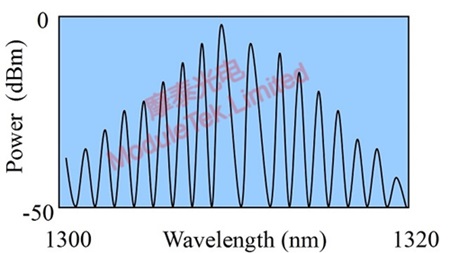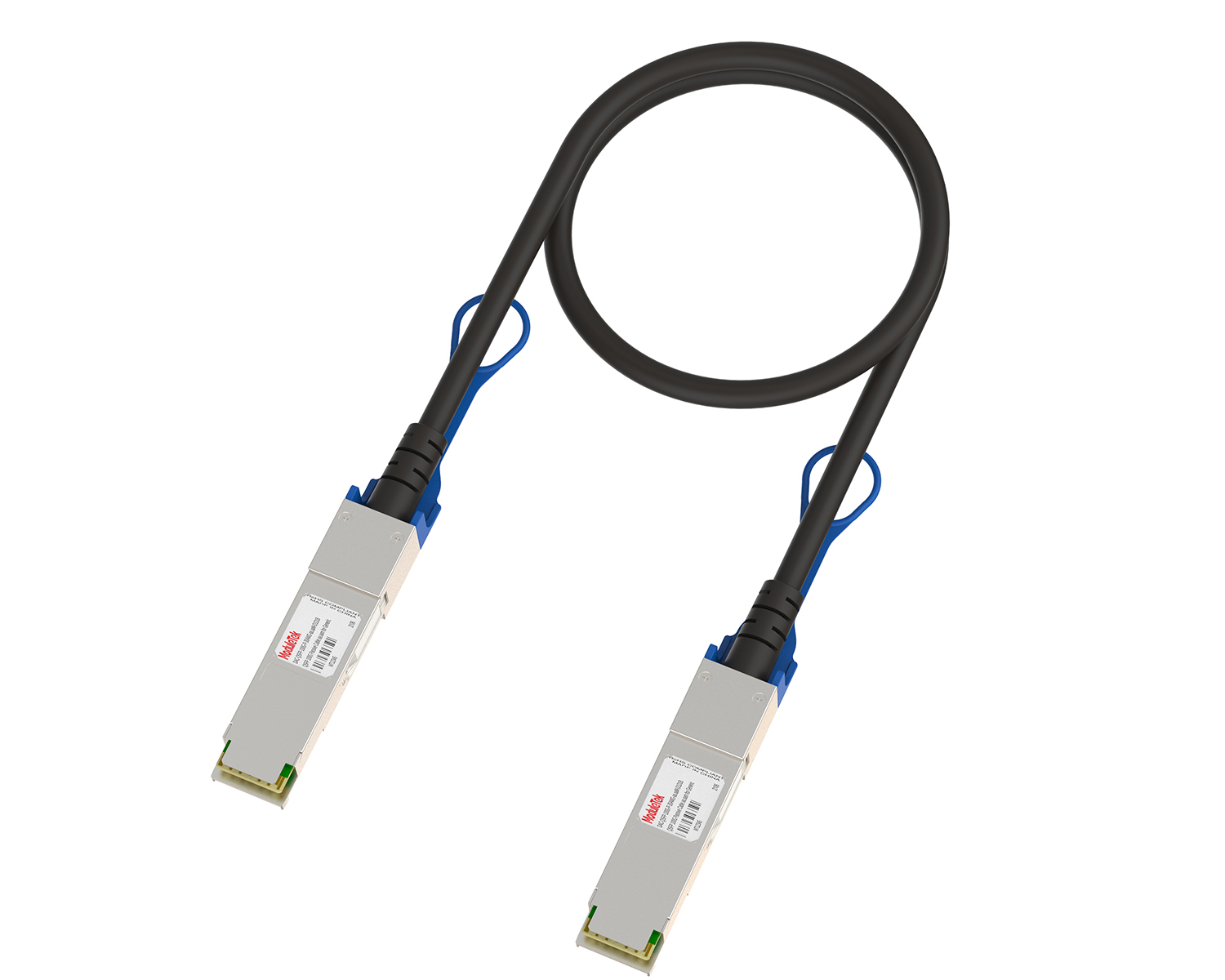Basic interpretation of Optical Active Devices
Time: 2020-02-23
• Classification of Optical Devices
Common optical active devices in optical communication include: semiconductor light source, semiconductor photodetector, fiber laser, optical amplifier, optical modulator and so on.
Common optical passive devices in optical communication include: fiber optic connector, fiber optic coupler/branch, wavelength division multiplexer (CWDM/DWDM), optical isolator, optical attenuator, etc.
• Optical Active Components in Optical Module Introduction
In the field of optical module application, the most common optical active devices are semiconductor light source and semiconductor detector, which are generally packaged in the form of TO-CAN or BOX and applied in the optical module as the core components of optoelectronic signal conversion.
1. Semiconductor light source
Semiconductor light source commonly used in optical modules are mainly three mainstream types: FP, DFB and VCSEL.
FP: Fabry-Perot Laser, Fabry-Perot Laser, multi-longitudinal mode spectroscopy, commonly used in 10Gbps and the following rate of short or medium-length fiber optic links, the current production technology is mature, has a good cost advantage, and has a wide range of low-speed products;

Figure 1 Schematic diagram of common spectra of FP lasers
DFB: Distributed Feedback Laser, Distributed Feedback Laser, single longitudinal mode spectrum, widely used in high speed and long distance optical signal transmission, and its biggest difference with FP is built-in Bragg grating (Bragg Grating), with a very high Side Mode Suppression Ratio (SMSR), as well as very good monochromaticity.

Picture 2 Schematic diagram of common spectra of DFB lasers
VCSEL: Vertical Cavity Surface Emitting Laser, belongs to surface emitting lasers (FP and DFB belong to edge emitting lasers), in the application of simpler processing, lower cost, lower power consumption, widely used in short-distance optical signal transmission, as well as consumer electronics applications (e.g. 3D laser). Scanning, infrared sensing, face recognition, HDMI video transmission, etc.).
2. Semiconductor detectors
The common laser detectors in optical communication mainly include two types: PIN and APD.
PIN: Positive-Intrinsic-Negative, PIN photodiode is the most common type of detector in optical communication, the complete meaning of P-I-N: Positive-Intrinsic-Negative, which is equivalent to adding an intrinsic layer in the middle of an ordinary PN photodiode, which greatly improves the response of the photodiode, so that PIN photodiodes can be more widely used in a variety of high-frequency optoelectronic applications. This makes PIN photodiodes more widely used in various high-frequency photoelectric signal conversion scenarios.
APD: Avalanche photo diode, APD avalanche photodiode compared to the PIN photodiode, has the function of signal amplification, so that it can recognize smaller light signals, with better sensitivity, commonly used in long-distance transmission, APD needs to work in high reverse bias voltage, the general voltage reaches dozens of volts, so in the application of the optical module needs to be powered by a boost circuit. Booster circuit for its power supply.
Moduletek Limited do good service every day.
If you have any questions about the above content, you can contact us by Email : web@moduletek.com

 40G/100G Optical Transceivers
40G/100G Optical Transceivers 10G/25G Optical Transceivers
10G/25G Optical Transceivers 155M/622M/2.5G Optical Transceivers
155M/622M/2.5G Optical Transceivers 100M/1G Optical Transceivers
100M/1G Optical Transceivers FC 16G/32G Optical Transceivers
FC 16G/32G Optical Transceivers CWDM/DWDM Optical Transceivers
CWDM/DWDM Optical Transceivers 100M/1G/10G Coppers
100M/1G/10G Coppers Active Cable AOC
Active Cable AOC Direct Attach Cable DAC
Direct Attach Cable DAC Regular/MTP-MPO Fiber Patch Cords
Regular/MTP-MPO Fiber Patch Cords MT2011
MT2011 MT2010
MT2010 CodingBox
CodingBox






